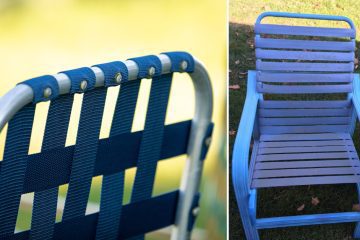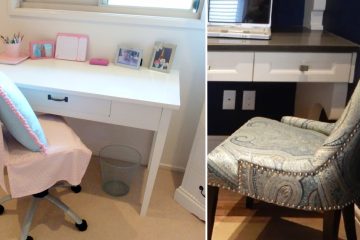We’ve all been there – working diligently at our desks when suddenly, our trusty office chair starts sinking lower and lower. What started as a comfortable seating position quickly became an ergonomic nightmare. Don’t worry, you’re not alone in this struggle. A sinking office chair is a common issue that plagues many workspaces. The good news? There are several savvy methods/solutions for how to fix an office chair that keeps sinking.
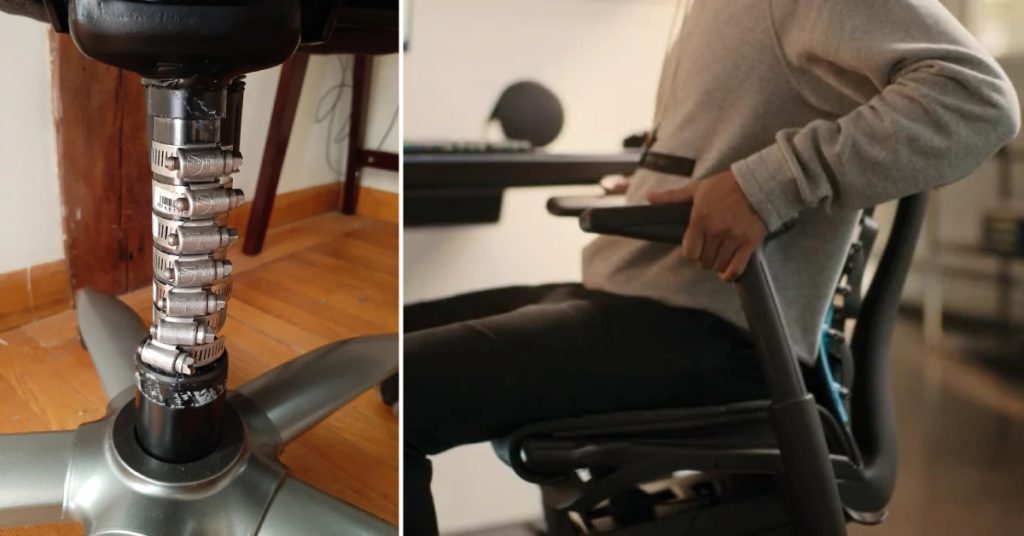
Key Takeaways:
- Pneumatic cylinder failure is the primary culprit behind sinking chairs
- DIY hose clamp and PVC pipe hacks offer temporary relief
- Replacing the gas cylinder or investing in a new ergonomic chair ensures long-term comfort
The Culprit: The Pneumatic Cylinder
Before we dive into the fixes, let’s first understand the root cause behind a sinking office chair. The pneumatic cylinder, that hard-working component connecting the chair’s base to the seat, is often the main offender. This cylinder contains compressed air that allows for smooth height adjustments. However, over time and with regular use, the cylinder’s seal can wear out, leading to a gradual loss of air pressure. Consequently, your chair starts its unwanted descent.
Quick DIY Fixes for the Sinking Sensation
If you’re a DIY enthusiast or simply want a temporary solution, there are a couple of clever tricks you can try at home. These methods won’t break the bank, and they might just buy you some time before seeking a more permanent fix.
2 Effective Methods for How to Fix an Office Chair That Keeps Sinking
Here are two easy and effective methods for how to fix an office chair that keeps sinking:
Method 1: The Hose Clamp Hack
One popular DIY method is the hose clamp hack. Here’s how it works:
- Remove the plastic tube covering the cylinder to expose the metal shaft.
- Adjust the chair to your desired height. This is important, as you won’t be able to change it later.
- Wrap a 2cm (or 3/4″) hose clamp around the top of the metal cylinder.
- For extra grip, wrap duct tape around the cylinder before securing the clamp.
- Tighten the clamp as much as possible using a screwdriver.
This hack essentially creates a stopper for the cylinder, preventing it from sinking further. However, keep in mind that it’s a temporary fix, and the chair’s height won’t be adjustable anymore.
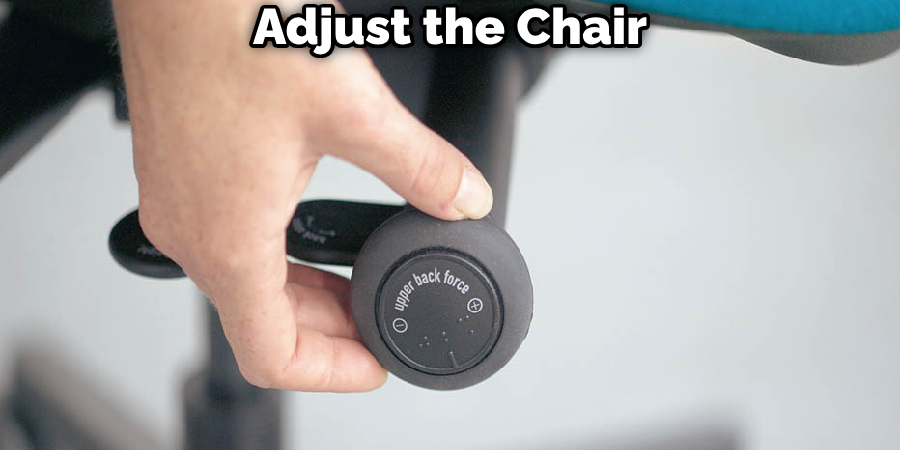
Method 2: The PVC Pipe Trick
Another DIY solution involves using a PVC pipe as a makeshift cylinder support. Here’s what you need to do:
- Measure the diameter and length of the exposed cylinder when the chair is at your desired height.
- Head to your local hardware store and purchase a PVC pipe with a slightly larger diameter than the cylinder.
- Cut the pipe lengthwise, creating a slit so you can slide it over the cylinder.
- Slide the PVC pipe over the cylinder, ensuring it’s snug and secure.
- Test the chair, and adjust the pipe’s position or add additional segments if needed.
This method provides a more stable support system than the hose clamp, but it still limits your ability to adjust the chair’s height.
You Can Check It Out to Prevent Feet Swelling While Sitting at Desk.
3 Professional Solutions for Long-Term Relief
While DIY fixes can provide temporary relief, they’re not a permanent solution. If you want to restore your office chair to its former glory (and maintain your sanity), consider these 3 professional options:
1. Replace the Gas Cylinder
The most effective way to bid farewell to your sinking woes is to replace the faulty gas cylinder entirely. This option restores the chair’s full functionality and adjustability, ensuring a comfortable and ergonomic seating experience. Here’s what you need to do:
- Consult your chair’s manual or manufacturer to identify the correct replacement cylinder size and specifications.
- Purchase a high-quality cylinder from a reputable brand, ideally one with a warranty.
- Carefully follow the manufacturer’s instructions to remove the old cylinder and install the new one.
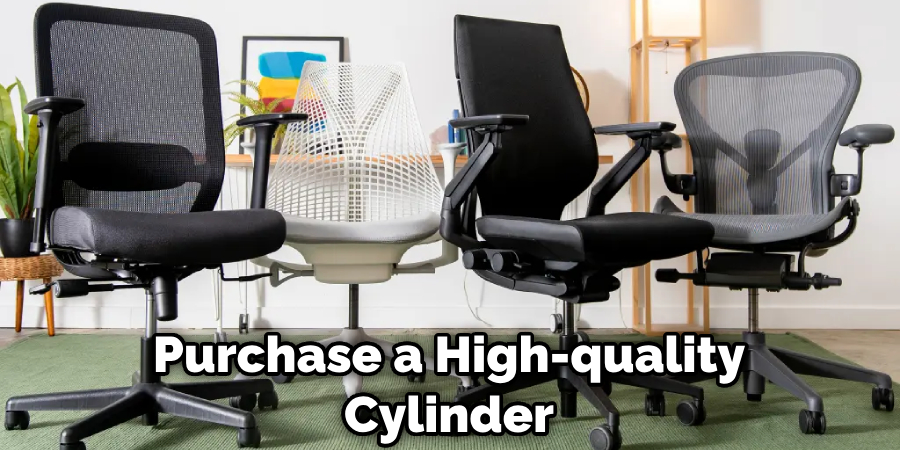
2. Contact the Manufacturer or Vendor
If your office chair is still under warranty or you’re unsure about the replacement process, don’t hesitate to reach out to the manufacturer or vendor for assistance. They may offer repair services, replacement parts, or guidance on the best course of action.
3. Invest in a New Ergonomic Chair
In some cases, especially if your chair is older or has endured significant wear and tear, it might be more cost-effective to invest in a brand-new, high-quality office chair. Look for ergonomic chairs with adjustable features, durable materials, and reputable brands known for their comfort and longevity.
You Can Check It Out to Fix Gaming Chair Going Down.
6 Tips for Maintaining Your Office Chair: Prevention is Key
Once you’ve resolved your sinking chair situation, it’s essential to practice proper maintenance to prevent future issues. Here are some tips to keep your office chair in tip-top shape:
- Regularly clean the cylinder and other moving parts to remove any dirt or debris that could cause premature wear.
- Avoid abrupt movements or dropping onto the seat, as this can stress the cylinder and other components.
- Periodically inspect the cylinder for any signs of air leaks or damage, and address any issues promptly.
- Ensure that you (and any additional weight on the chair) do not exceed the manufacturer’s recommended weight limit.
- When purchasing a new office chair, prioritize ergonomic designs with high-quality components and adjustable features for long-lasting comfort and support.
You Can Check It Out to Keep Cats Off Chair Cushions.
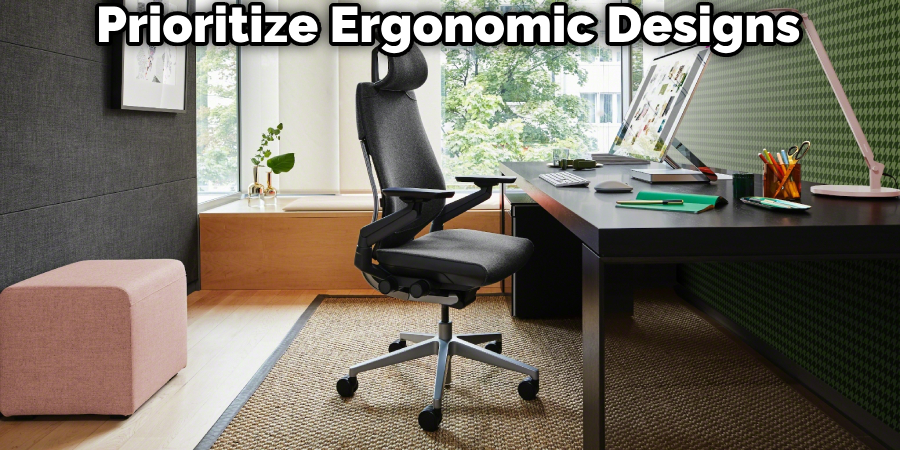
FAQs About How to Fix an Office Chair That Keeps Sinking
Can You Fix the Hydraulics on an Office Chair?
To fix a hydraulic issue with an office chair, you can first try cleaning the pneumatic cylinder when the chair is fully extended to address problems like sinking. If this doesn’t work, a temporary solution for a chair that won’t stay up is using a hose clamp around the cylinder at your preferred height. For a more permanent fix, consider replacing the pneumatic cylinder by ordering a compatible one online, removing the old cylinder by separating the base from the chair, and then installing the new one. Always ensure safety by working on a stable surface and using protective gear if necessary. If these steps seem daunting or ineffective, consulting with a professional or the chair manufacturer might be the best course of action.
What Causes Office Chairs to Sink?
Office chairs commonly sink due to wear or damage to the pneumatic cylinder’s seal, responsible for height adjustment. This cylinder contains nitrogen gas, and when the seal deteriorates, gas escapes, causing a loss of pressure. Consequently, the chair can’t maintain its height weight and gradually sinks, indicating the cylinder may need repair or replacement to function correctly again.
Can Office Chairs Be Repaired?
Yes, office chairs can often be repaired, depending on the specific issue. Common problems like sinking due to a faulty pneumatic cylinder, worn-out casters, or broken adjustment mechanisms can usually be fixed either by replacing the faulty parts or by applying certain fixes. For example, a sinking chair can often be remedied by replacing the pneumatic cylinder, while mobility issues might require new casters. Loose or broken components such as armrests, seat cushions, or backrests can also typically be repaired or replaced. While some repairs can be done at home with basic tools, more complex issues might require professional assistance.
The Bottom Line
A sinking office chair is more than just an annoyance; it can lead to discomfort, poor posture, and decreased productivity. Whether you opt for a DIY fix, professional replacement, or a brand new ergonomic chair, prioritizing your comfort and well-being at your workspace should be a top priority. By following the tips and solutions outlined in this guide, you’ll be able to revive your trusty office companion or upgrade to a new, supportive throne that keeps you productive and comfortable throughout your workday.
So, the next time you feel that sinking sensation, don’t despair. You’ve got the tools and knowledge to tackle this issue head-on and reclaim your rightful place at the throne – err, desk.

